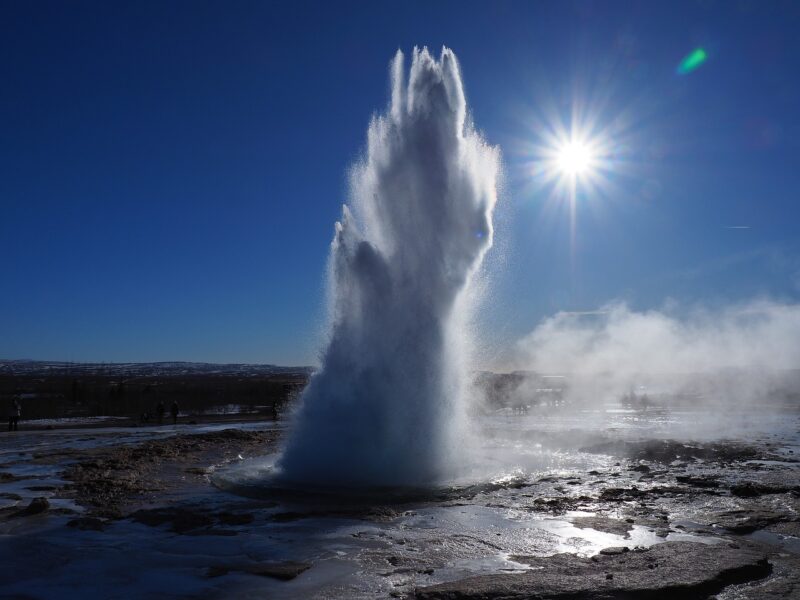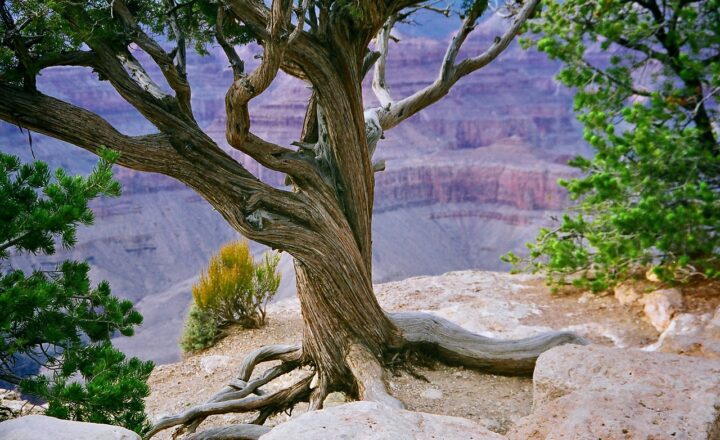
Geysers are one of nature’s most captivating spectacles, combining the forces of heat, pressure, and water to create stunning eruptions that tower into the sky. Found in various regions around the world, geysers are not only geological wonders but also illustrate the fascinating processes that occur beneath the Earth’s surface. This article delves deep into the mechanics of geysers, exploring the crucial roles played by heat and pressure in their formation and eruption.
1. What is a Geyser?
A geyser is a natural hot spring that intermittently ejects a column of hot water and steam into the air. The word “geyser” is derived from Geysir, a hot spring located in the Haukadalur Valley of Iceland, known for its frequent bursts of boiling water. Geysers typically form in volcanic regions where geothermal energy is accessible. The phenomenon is predominantly found in locations like Yellowstone National Park in the United States, Iceland, and New Zealand.
But what makes geysers erupt? The answer lies in the combination of factors like underground water sources, heat from magma, and pressure changes.
2. The Science Behind Geysers: Heat and Pressure
Understanding how geysers work begins with comprehending the roles of heat and pressure.
Heat Generation
Deep beneath the surface of the Earth lies molten rock, known as magma. As this magma cools, it releases heat that warms the surrounding rocks and groundwater. In regions with volcanic activity, the heat can transfer to nearby water bodies, creating hot springs. The water within these springs is heated to temperatures well above its normal boiling point due to the immense pressure exerted from the weight of the water and the surrounding geological structures.
This process leads to the accumulation of superheated water within underground reservoirs.
Pressure Buildup
While heat raises the water temperature, pressure plays a crucial role in holding this superheated water in a liquid state. Water can remain in liquid form even at temperatures above 212°F (100°C) as long as it’s under sufficient pressure. This is primarily facilitated by the unique geologic formations surrounding the geyser. In many cases, narrow channels or constrictions beneath the ground limit the water’s escape, creating a buildup of pressure.
The combination of intense heat and enormous pressure creates a volatile situation, which is essential to the eruption of a geyser.
3. The Eruption Process: What Happens When a Geyser Erupts?
When the conditions are just right, an eruption occurs. Understanding the stages of a geyser eruption is vital to appreciating this natural phenomenon:
- 1. Triggering the Eruption: As the pressure in the underground reservoir increases due to the heating of water, it eventually becomes so great that it exceeds the strength of the surrounding rock formations. This can be triggered by several factors, including an increase in heat, changes in water levels, or seismic activity that alters the underground pressure dynamics.
- 2. The Release of Pressure: Once the pressure exceeds the breaking point, it causes fissures in the surrounding rocks or opens existing pathways. This sudden release allows the superheated water to escape rapidly.
- The pressures equalize as the superheated steam forms, rapidly expanding as it escapes the confines of the reservoir.
- As water rushes to fill the space, it converts into steam almost instantly, driving out previously stored water and creating a spectacular eruption.
- 3. Eruption Phase: The eruption can last from a few seconds to several minutes, during which steam and water are forcefully expelled into the air. Heights can vary dramatically based on the geyser’s characteristics—some can shoot water over a hundred feet high, while others have limited eruptions.
- 4. Cooling and Recovery: After the eruption, the geyser enters a cooling phase. The water in the underground reservoir replenishes, and the pressure begins building up again. This cycle can take anywhere from minutes to hours, resulting in predictable intervals between eruptions for some geysers, like Old Faithful in Yellowstone National Park.
4. Types of Geysers
Geysers are not one-size-fits-all; they come in various forms, each exhibiting unique characteristics. The most notable types include:
- Fountain Geysers: Erupt with a continuous and powerful stream of water, creating a beautiful visual display. These geysers often maintain a steady height and can last for a prolonged period.
- Cone Geysers: Typically characterized by their conical shapes, these geysers expel water irregularly, resulting in bursts that can be unpredictable in intensity and frequency.
- Mud Geysers: Instead of water, these geysers expel a mixture of mud and water, creating bubbling mud pools. They typically form in areas with high volcanic activity.
- Hot Springs vs. Geysers: Though often confused, hot springs differ from geysers, as they do not erupt. Hot springs are constantly bubbling pools of heated water that remain close to the boiling point without the pressure build-up required for eruption.
5. The Environmental Role of Geysers
Geysers contribute significantly to local ecosystems and the environment. They play a role in:
- Geothermal Energy: Geysers and hot springs are part of geothermal systems that can be harnessed for renewable energy. This process taps into the Earth’s internal heat, providing sustainable energy sources in certain regions best suited for geothermal power plants.
- Biodiversity: The unique conditions created by geysers support various microorganisms that thrive in extreme heat and pressure, contributing to biological diversity in thermal ecosystems.
- Tourism and Education: Geysers attract millions of tourists annually, providing educational opportunities about geology, ecology, and the Earth’s geothermal features, while supporting local economies.
Conclusion
Geysers stand as incredible reminders of nature’s power, showcasing the intricate relationship between heat, pressure, and water. They are fascinating geological formations that not only enrich our understanding of Earth’s processes but also enhance local ecosystems and economies.
Visiting geysers is more than just witnessing a beautiful natural phenomenon; it is a journey through the Earth’s geological history. Understanding how they function gives us a deeper appreciation for the forces at work beneath our feet, reminding us of the raw power and beauty of nature.
Next time you encounter a geyser, take a moment to reflect on the heat building beneath the earth’s crust, the intricate balance of pressure, and the natural wonders that result from these fascinating processes.








